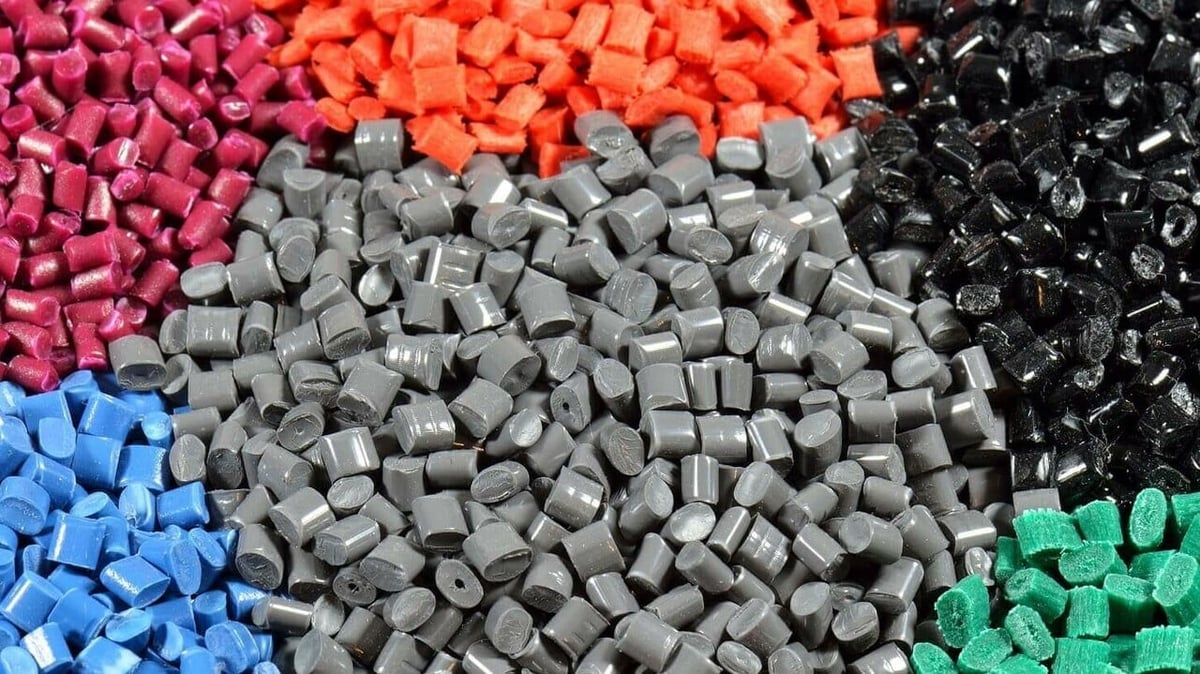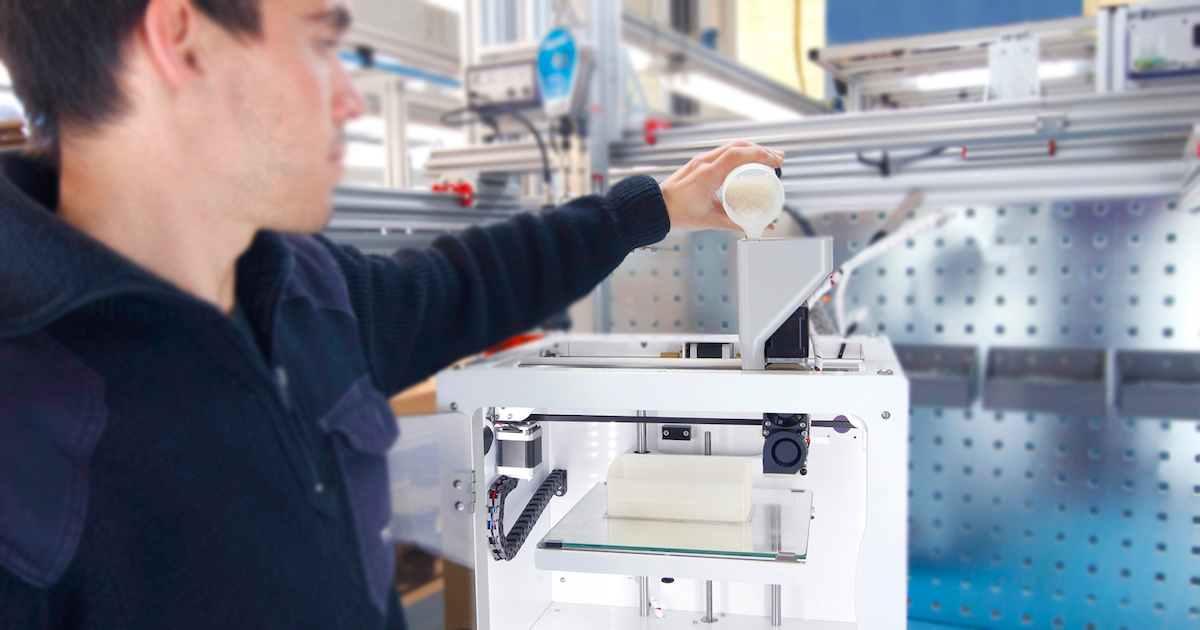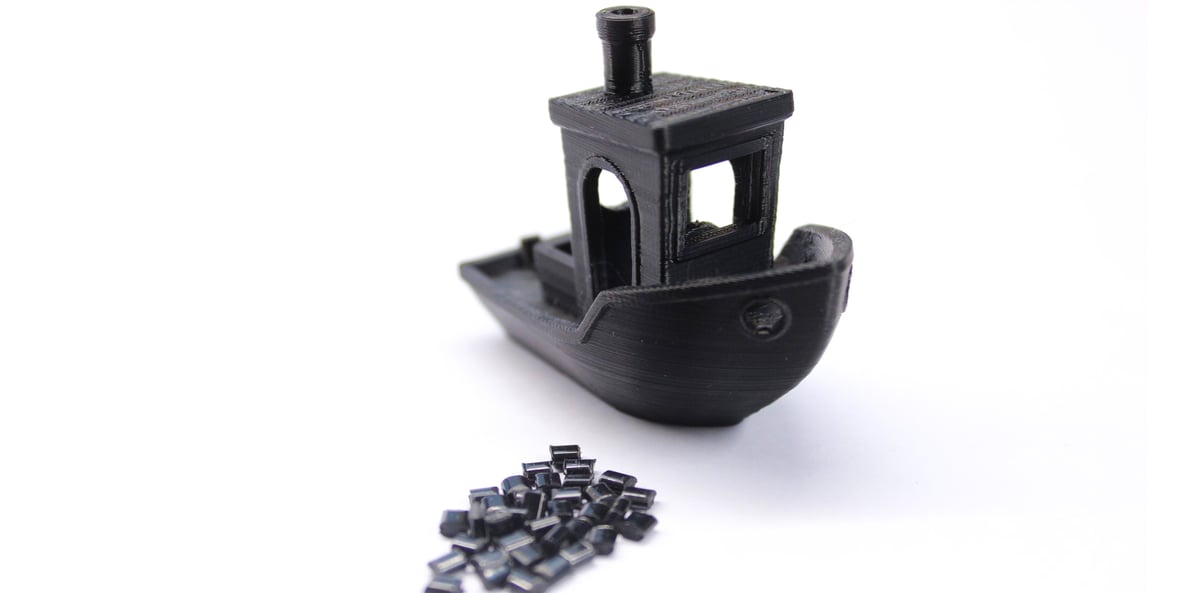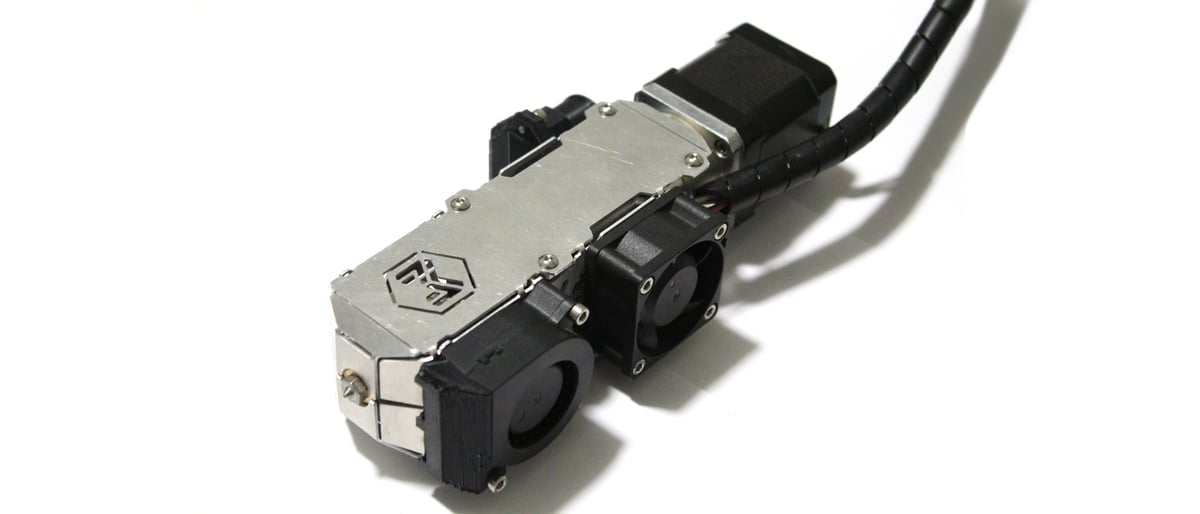3D printing with PLA in pellet form has been shown to be cheaper and faster than printing with PLA in filament form, but there haven’t been robust comparison studies done on the resulting parts until now.
A new study just published in the journal Additive Manufacturing and funded by European Space Agency compared 3D printed parts printed with pellets to parts printed with filaments for strength and overall quality.

“The results indicated no significant differences (> 0.05) in the mechanical properties of filament-based material extrusion (FME) and granule-based material extrusion (GME) printed parts in terms of tensile properties, flexural strength and modulus, and impact strength,” according to Handai Liu, et al, authors of Granule-based Material Extrusion is Comparable to Filament-based Material Extrusion in terms of Mechanical Performances of Printed PLA Parts: A Comprehensive Investigation.

Liu writes that “previous studies have reported mixed results, with some finding inferior mechanical performance of GME printed parts compared to FME counterparts, while others reported comparable or slightly better performance.” But these studies were “limited to tensile or flexural performance evaluations” and “lacked a clear explanation to support them,” he says.
Taking a more exhaustive approach, Liu’s comparison tests included tensile tests, impact tests, 3-point bending tests, and hardness tests, to reveal the comprehensive mechanical properties of the printed parts. Plus, his team carried out part analysis with a scanning electron microscope (SEM), differential scanning calorimetry (DSC), thermal imaging, rheological tests, and gel permeation chromatography (GPC).

How Was Printing Compared
The study used polylactic acid (PLA) filament in a 1.75 mm diameter from Real Filament of Wateringen, Netherlands. As the pellet material, the same filament was used, only cut into 1 – 2.5 mm pieces with scissors. The printer was a Creality Ender 3 Pro used out-of-the-box with filament, then modified with a pellet material extrusion head from Mahor and a Nema 17 Stepper Motor to drive the single screw extruder.
Most printing parameters, except for extrusion speed and print speed, were set to the same values for both printing methods.

A Few Points of Difference
Although the parts compared differed very little in nearly all aspects, there were a few points where Liu found a contrast.
The average molecular weights of pellet printed samples were higher than those of filament ones, which can be attributed to the lower actual temperature of the pellet extrusion chamber due to “its different location among the heater, thermistor, and melting chamber compared to the filament extrusion head,” the study says.
This is why the results for mechanical properties — tensile strength, flexural strength and impact strength — of pellet samples were slightly higher than those of the filament counterparts. “The higher the molecular weight, the better the tensile, flexural and impact performances since the higher degree of entanglement of polymer chains in the amorphous regions of polymer results in higher movement resistance,” the report explains.
Pellet prints has a slightly lower average hardness value than the filament specimens, which can be attributed to their rougher surfaces and slightly lower density, according to the report. Average Shore D values were 81.44 for pellets and 82.28 for filament.

Although the study did not evaluate printing with recycled or scrap material, it extrapolates that pellet printing “has the capability of recycling thermoplastic wastes and printing heat-sensitive materials directly in granule form” resulting “in cost savings, reduced environmental impact, and more efficient and streamlined 3D printing workflows.”
License: The text of "Parts 3D Printed with PLA Pellets, Just as Good as PLA Filament" by All3DP Pro is licensed under a Creative Commons Attribution 4.0 International License.
